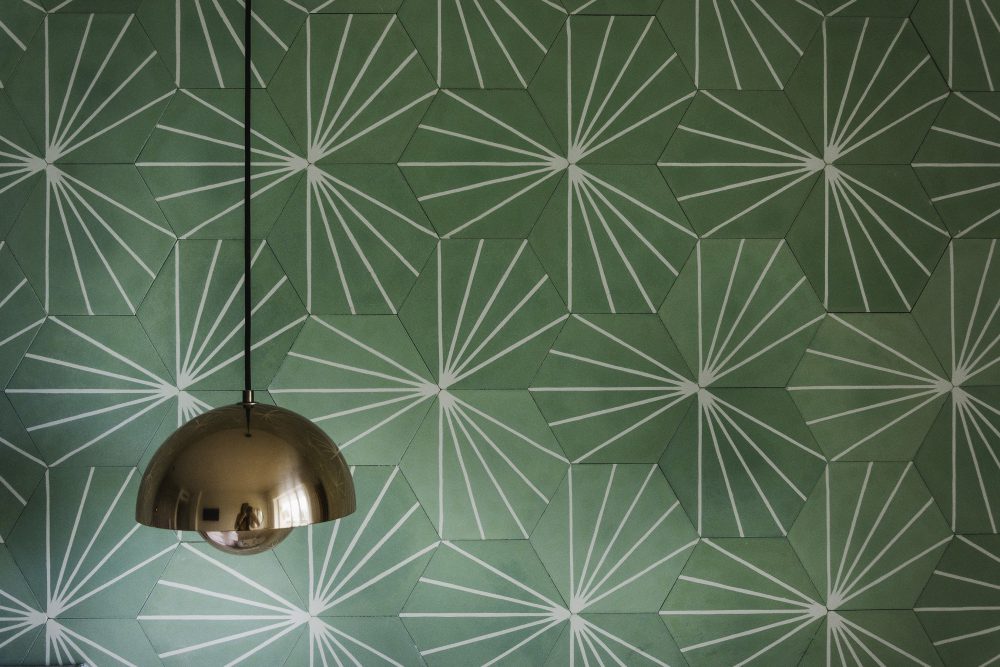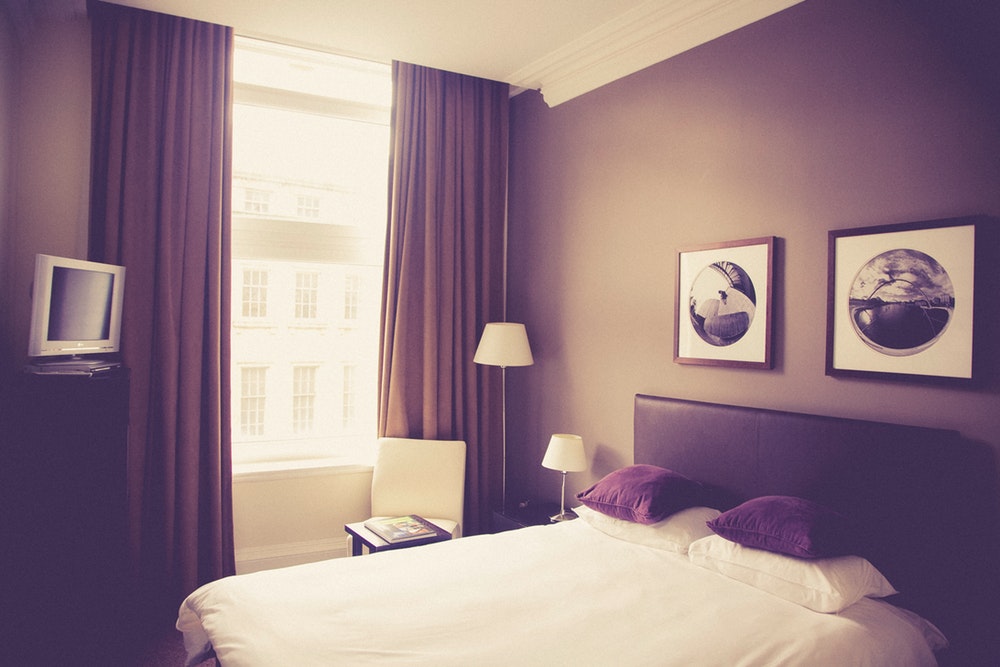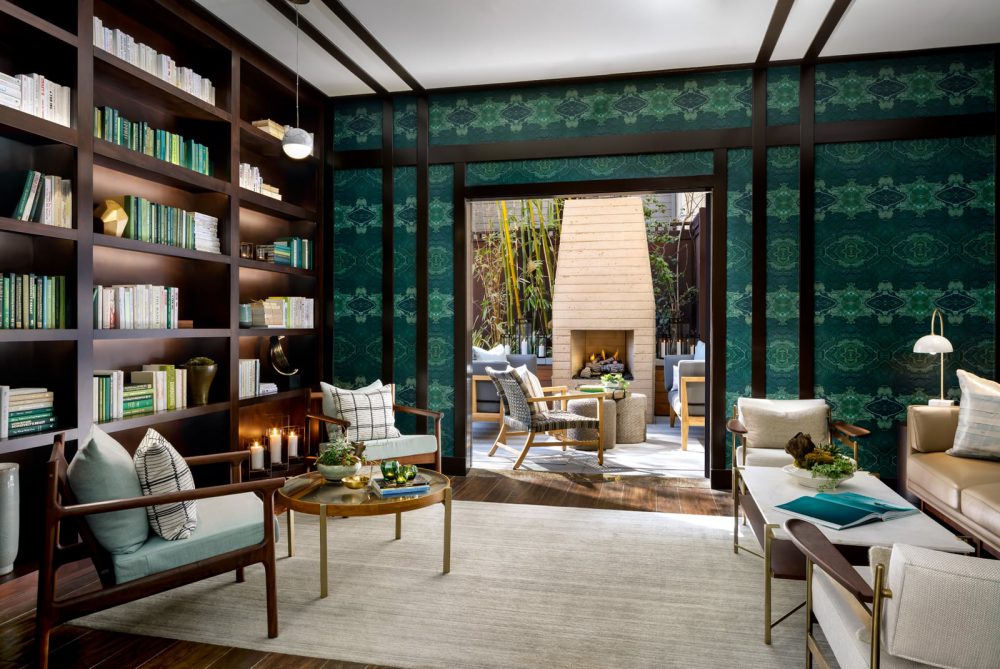5 Cost-Saving Strategies for Hotels
November 22, 2019
Chris Hunter
Many who decide to get into the hospitality industry, do so because they want help give people great experiences. Although the idea of owning or running a restaurant or hotel sounds exciting and exotic, those who venture into these waters soon discover that the business side of things needs to be tended to in order to be open to give these experiences to guests.
The two ways to help ensure survival in this heavily competitive market are increasing sales and cutting costs. Increasing sales is pretty exciting and there are lots of creative ways to do this, but let’s take just a minute to look at the often-neglected subject of cutting costs. Most of these strategies can apply to either restaurants or hotels but were put together with hotels in mind.
Expense Analysis
It sounds pretty fancy, and you can even hire a consultant like me to come in and walk through this process with you, but really all you need to do is look at your most recent month(s) and year of expenses and list them starting with the biggest expense first. After you have this list brainstorm creative and practical ways to reduce these costs. At the top, you probably see employee wages and mortgage. This can be a very helpful exercise because you’ll likely see costs you weren’t aware of that you can begin to reduce or maybe even eliminate immediately. This may seem like fairly vague advice since it ends up being so customized for each property, but I’ll give you some more specific examples of cost-saving strategies you can begin to explore below.
Toiletries
(ROI 1-2 years)
I travel often to meet with businesses to show them how to save money on their monthly electric bills. One of the treasures I bring back from my travels to my family is a handful of those little hotel shampoos, conditioner, and lotion bottles; and those small, tightly wrapped bars of soap. My boys are impressed that our collection is quickly filling up the cardboard box we chose to store them in. Occasionally I come back empty-handed because some newer hotels like aloft have begun putting soap dispensers in their showers.
If you’re wondering why some hotels are doing this, simply follow the money. The American Hotel & Lodging Association tells us that: “A hotel will save $.16 per guest room per day in water, labor and product costs by replacing amenities in individual bottles or wrappers with two refillable amenity dispensers per guest bathroom: one each for the shower and sink areas.
For a typical 300-room hotel with 60% occupancy, that totals a savings of $10,512 per year.
If the cost of the dispensers, labor included, is $40 per bathroom, that represents a $12,000 investment — a cost recouped in just over a year based on the savings calculated above.”
Solar
(ROI 5-10 years)
You’ve probably seen them or may have even already been pitched, but many hotels are adding solar to their list of cost-saving efforts. The ROI (return on investment) for a typical system can be anywhere from 5-10 years with the government’s 30% tax credit, but you’ll need to hurry because starting in 2020 that 30% will drop every year until it bottoms out at 10% in 2023. The systems will still be useful, but they will take longer to pay for themselves.
LED Lights
(ROI 6-7 years)
LED lights use 1/3 less electricity than standard fluorescent lights. This is why many hotels are replacing their existing fluorescent lights with LEDs. Like solar, there is an initial significant cost, but again this is a long play with ROI being the most important thing to consider.
So, what’s the ROI on LED? It all depends on electrical use and electricity rates, but the most concise example I found was by Schneider Electric and can be seen here. The example they use shows an ROI of just over 6 years.
Once cost-cutting devices like solar and LED lights pay for themselves, the savings from then on are what will help cut costs and increase profit.
The Powerhouse
(ROI 2 years)
C3 Green Energy, LLC has a worldwide patent on this device that saves businesses 10%-15% on their monthly electric bills. By the time electricity enters, then cycles through a building typically about 20% of it is wasted due to inefficiencies in the building’s electrical system. The Powerhouse captures about 15% of that wasted energy and turns it back into reusable energy. The payback time varies based on the amount of electricity your property uses, and how inefficient your system is but is typically less than two years.
I’ve been researching this product for over a year as a solution for my consulting clients. If you’re interested in more information about The Powerhouse, feel free to reach out to me.
Often hotels spend a lot of effort looking at ways to increase sales. Although this is important, it’s also essential to regularly set aside time to look at expenses. This not only has the advantage of eliminating waste but also has the added benefit of forcing hoteliers to look at ways they can be more efficient with their resources. What other cost-cutting strategies have you heard about or is your property using?

Connect with Longitude°
Searching for a hospitality branding agency to partner with on your next project? Fill out the form below and let’s talk. Or you can email info@longitudebranding.com
Chris Hunter
Owner, HotelRevenueMan.com
Chris Hunter is a contributor and owns HotelRevenueMan.com. He consults with hospitality brands around the world, helping them fine-tune their revenue management strategies.






